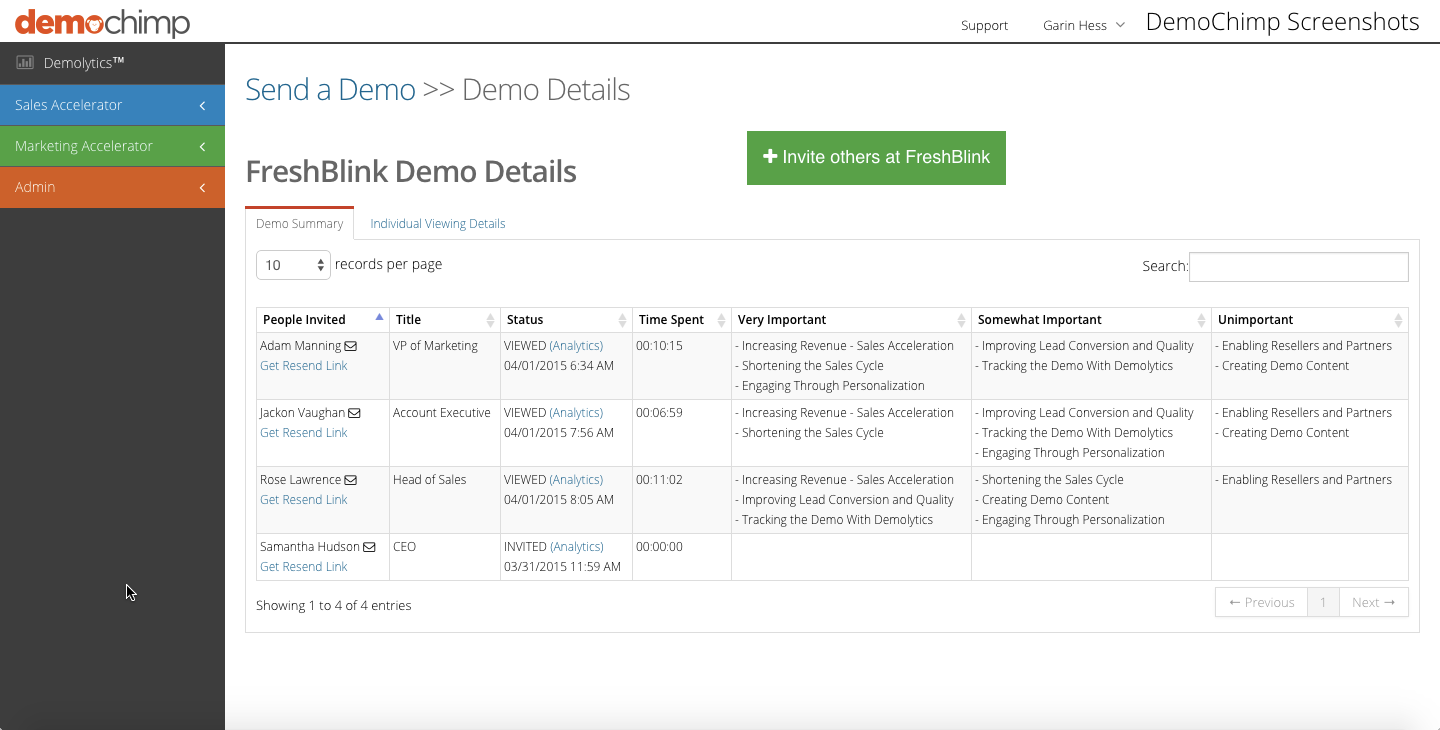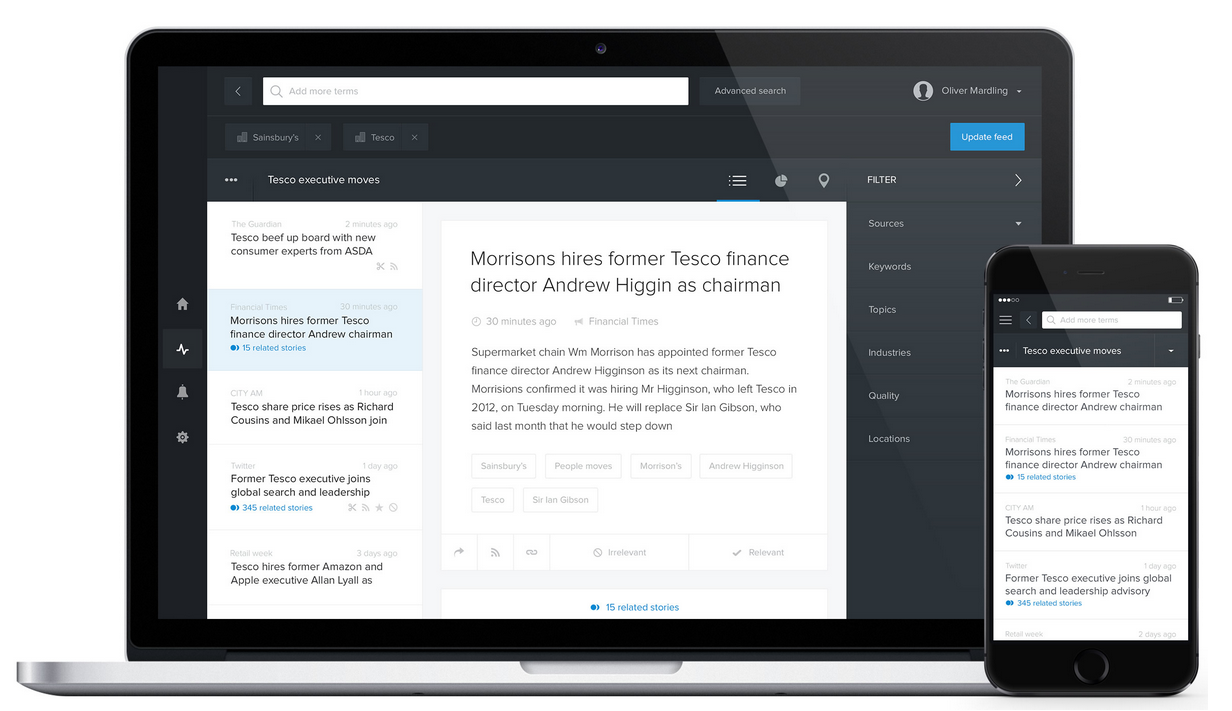By Brian Kovalesky, StartUp Beat editor
This is a bit of a departure from StartUp Beat’s usual Q&A format, but I thought this was an interesting enough project to change things up a bit. The team at Los Angeles-based Hyperloop Transportation Technologies (HTT) are working to make Elon Musk’s much-discussed idea to build a new kind of high-speed, long-range transportation a reality. For those unfamiliar, the hyperloop concept, which Musk released in a much ballyhooed public announcement in August of 2013, is based at its basic level on pressurized capsules traveling through reduced pressure tubes—an insufficient summary for sure, but I’m no Elon Musk (here’s the SpaceX blog post that lays out the idea in detail, and the transcript of The Verge’s live blog of the Hyperloop announcement call with Musk).
The hyperloop, however, was just an idea—a well-thought-out and documented idea by most accounts, but while hinting that he might take the project up at some point, Musk was putting the concept out into the world to see if someone else would attempt to build at least a prototype in the meantime. “If somebody else does the demo, that’ll be really awesome,” Musk said, in typical relaxed Silicon Valley parlance on the announcement call.
HTT has taken up the challenge. Initiated by Dirk Ahlborn, founder and CEO of crowdfunding platform JumpStartFund.com, HTT has essentially croudsourced talent for the project so far, and has collaborated with groups such as the UCLA SupraStudio program in Architecture and Urban Design and simulation software firm ANSYS. The company has advanced the idea to the point where it has committed to an installation in Quay Valley, California, a proposed ‘model town’ which is intended to be built in large part on sustainable technologies, located in Kings County, which is roughly between Los Angeles and San Francisco. The intent is to have the system serve as the town’s public transit. It’s far from the high-speed Los Angeles to San Francisco route envisioned by Musk, but HTT argues that it’s a start, and seeks to be the first to prove the concept.
Funding for HTT’s hyperloop is coming from a proposed auction-style public offering through JumpStartFund, which it announced in February. HTT has at least one formidable competitor in Hyperloop Technologies Inc., also based in Los Angeles, which announced earlier this year that it has raised $8.5 million from traditional VCs, and plans to grab $80 million in additional funding by the end of 2015.
No matter how the Hyperloop saga plays out, there are some big players working to make what is still just a potentially game-changing concept a reality. Here’s my interview with HTT Senior Operations Manager Jimmy Stroup.
SUB: Please describe HTT and the goals of the project.
Stroup: HTT is a crowdsourced company that wants to reshape the way people travel in the United States. Using the Hyperloop tube and capsule technology, which is expected to transport people at more than 700 miles-an-hour from point-to-point, we hope to give Americans an environmentally-friendly form of transit that is both fast and efficient.
In the long term, our goal is to provide transportation throughout the United States. But for the short term, our goal is to install a working Hyperloop in Quay Valley, California, a sustainable startup city between L.A. and San Francisco, to test functionality, to test user needs for alighting and disembarking, and to be sure the system is safe and efficient.
SUB: Who are going to be your target markets and users?
Stroup: In Quay Valley, the Hyperloop will run at a reduced speed from its estimated top speed of 760 miles-per-hour to be used as the city’s public transportation. It’s a win-win situation for the city and for us—they get sustainable, efficient transportation that meets their environmental goals, and we get the chance to build and operate a Hyperloop system to prove its value as a transportation system that can be applied to other areas of the county—and at longer distances.
SUB: How do you plan to use the initial funds, and do you have plans to seek additional outside funding in the near future?
Stroup: The goal of the public offering is to raise enough funds to support the installation in Quay Valley, which we’ve estimated at about $100 million. The Quay Valley installation will be a shorter version of our longer-distance plans—solar-powered, environmentally-friendly, fast, and efficient. But we expect that the Hyperloop in Quay Valley will also be a way to begin earning for shareholders as soon as we can through ticket sales and through solar power production.
SUB: What was the inspiration behind the idea for the project? Was there an ‘aha’ moment, or was the idea more gradual in developing?
Stroup: Elon Musk initiated the idea in 2013 with a white paper on the project, but asked others to take up the baton and make it a reality. Shortly thereafter HTT was developed out of JumpStartFund.com with Dirk Ahlborn as CEO.
Speaking personally, the moment I found out about Musk’s idea I thought it was brilliant; the next step in public transportation—a futuristic but achievable concept that could revolutionize passenger transportation. People I know in the company feel the same. Most of us are contributing our time away from other full-time jobs to help make this work because we believe so strongly that a bold idea like Hyperloop is needed to get us out of transportation doldrums where we continue to try the same things and aren’t coming closer to sustainability. So as soon as I found out HTT was asking for contributors I signed on. Musk’s white paper is online.
SUB: What are your goals for HTT over the next year or so?
Stroup: Within the next year, HTT intends to go public through the DPO that you know about in order to raise funding for the Quay Valley installation. In addition to that, we will continue to refine the technology to ensure that Hyperloop will function as intended, be able to provide reliable transportation for point-to-point travel, and be a safe, sustainable, and environmentally-conscious form of transit.
















